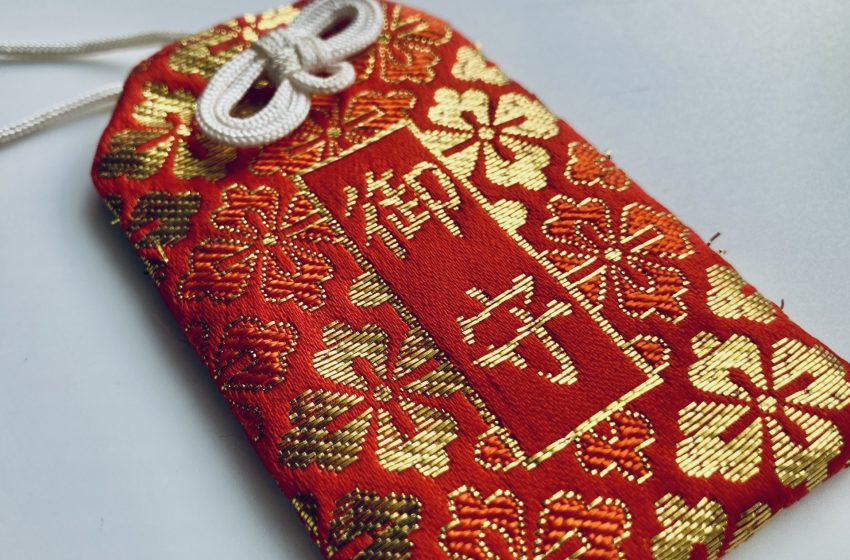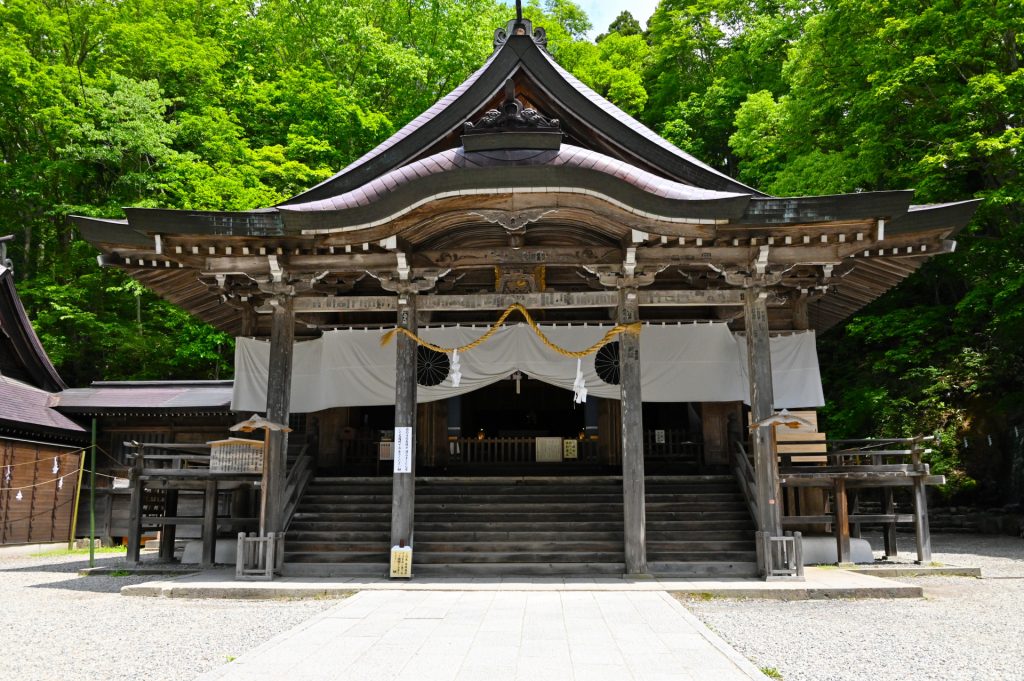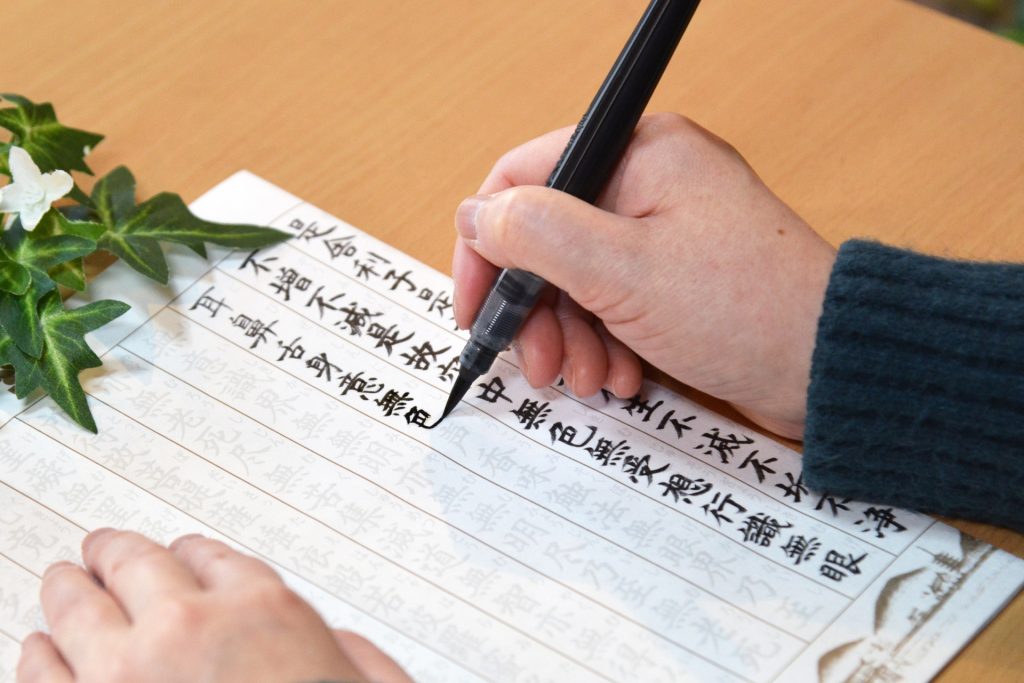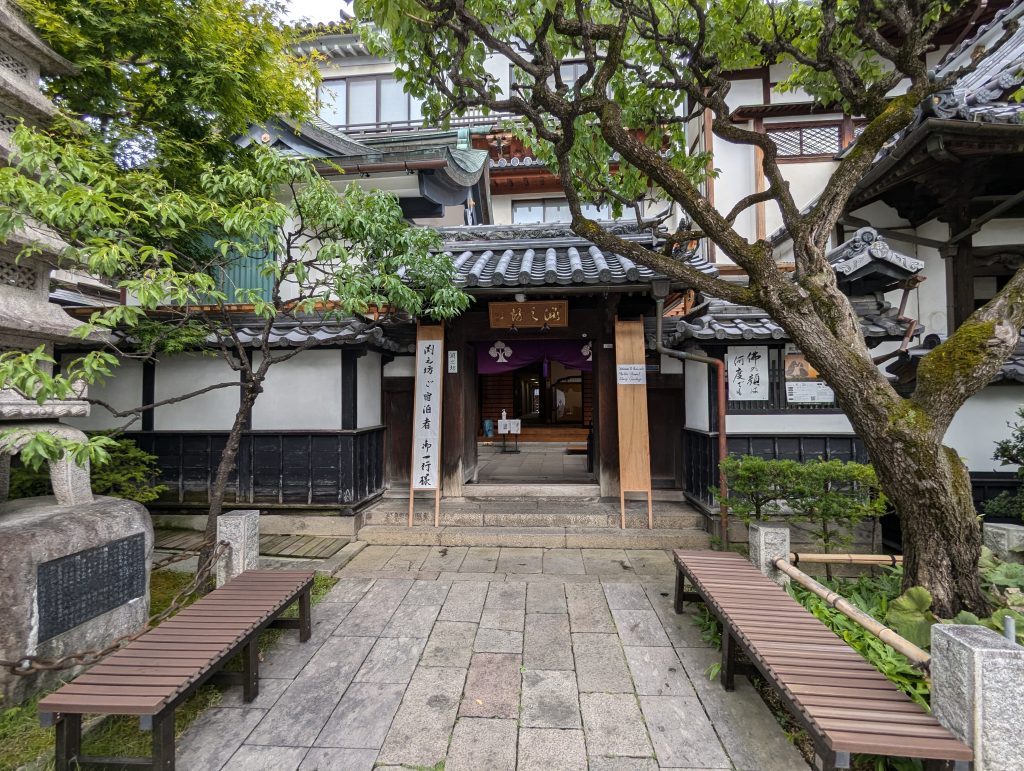
Omamori: Japan’s Ancient Talisman for the Modern Soul
Welcome, dear travelers, to another captivating chapter of Japanese culture! If you’ve ever wandered through the bustling streets of Tokyo, or taken a peaceful stroll along a mountain temple in Kyoto, you might have come across vibrantly colored little pouches hung in stalls or adorning a passerby’s bag. Those are Omamori – a quintessential aspect of Japan’s spiritual and cultural heritage.
What is Omamori?
Omamori (お守り) translates to “protection” or “to protect”. They are amulets available at both Shinto shrines and Buddhist temples throughout Japan. While they are deeply rooted in Japanese tradition dating back over a millennium, their appeal remains timeless, reaching both the young and old, local and foreign.
The Significance of Omamori
Omamori serves a multitude of purposes:
- Protection & Good Fortune: The primary function is to offer protection or to bestow luck upon the holder. From safeguarding travelers on their journeys (交通安全 kōtsū anzen) to assisting students with exams (合格祈願 gōkaku kigan), there’s an omamori for nearly every occasion.
- Connection to the Divine: These amulets serve as a link between the divine and the earthly realm. By possessing an omamori, one feels connected, guarded, and blessed by the deity or spirit associated with the shrine or temple.
- A Token of Memory: For travelers, an omamori can be a wonderful keepsake, a physical memory of their journey and the spiritual spaces they’ve visited in Japan.
Choosing and Using Omamori
Purchasing: When you visit a shrine or temple, you’ll usually find a designated area selling omamori. Donations typically range from 500 to 1,500 yen, depending on the shrine, temple, or type of omamori.
Usage: Once purchased, it’s common to attach them to personal belongings, such as backpacks, wallets, or even inside cars, depending on its intended protection.
Duration: It’s believed that the potency of an omamori lasts for a year. After this period, it’s customary to return it to the same temple or shrine, where it will be burned in a ritual, thus respecting and thanking the spirit for its protection.
Note: While it’s okay to look at your own omamori, it’s traditionally believed that opening it will nullify its effects.
Gift or Personal Use?
Omamori make for thoughtful gifts. Gifting one signifies a deep care for the recipient’s well-being, be it their health, success, or general fortune.
A Respectful Reminder
While omamori are charming and deeply symbolic, remember they hold spiritual significance for many. When buying, handling, or gifting an omamori, do so with respect and mindfulness.
In Closing
As you journey through the mesmerizing land of Japan, you’ll come across countless omamori, each with its own unique design and purpose. Whether you see them as a cultural artifact, spiritual protection, or a token from your travels, these little amulets are a window into the soul of Japan, bridging the ancient with the contemporary.
Happy travels, and may your journey through Japan be filled with moments of discovery and wonder!




